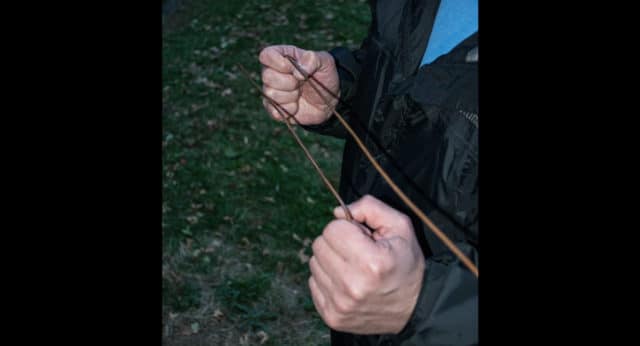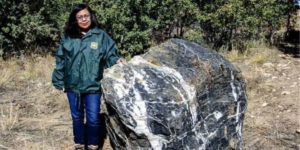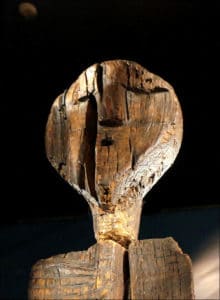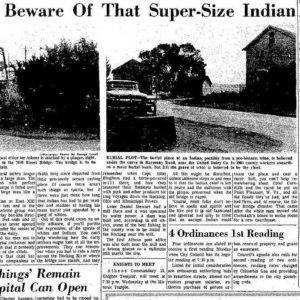Wire dowsing rods are a common way to find water, minerals or other underground items. The question many people have is what is the best metal to make wire dowsing rods from.
Dowsing rods can be made of any metal or even wood. Most commonly though, wire dowsing rods are made of copper or steel. Brass and stainless steel are also occasionally used, but copper is the most commonly used material.
Different dowsers report different experiences with various materials, but divining rods are copper, possibly because copper is considered a mineral of energy and mental agility and can aid psychic abilities.
Making copper dowsing rods
The easiest way to make copper dowsing rods is to take a 16″ piece of 12/2 romex wire and pull it apart. The bare ground wire will function as one of the rods. Stripping one of the other wires yields your second rod.
After getting them relatively straight, all they need is a bend 4″ from one end in each one, forming an L, and you have a set of dowsing rods.
If you would rather you can also pick up a pair of fancy copper dowsing rods on Amazon (gratuitous Amazon affiliate link).
Brass or Stainless steel dowsing rods
Another popular pair of options to make dowsing rods is 3/16″ brass brazing or stainless steel welding rods. These come in 36″ lengths and are very straight, making them easy to work with.
You can either find these at your local welding shop or on eBay.
Handles or no handles on dowsing rods
Personally, I like to use just bare wire on my dowsing rods. That being said, there are a lot of people that like using handles on their dowsing rods. The handles allow the rods to move more freely, which some people like.
Ideally, these should be of the same material as the rods to keep conductivity.
To add handles to your rods, simply cut some small tubing of the same material as your wire, into 4″ lengths and then when you bend your rods, add 1/4″ to the handle portion. Slip your tube on and then bend the excess over to hold the handles on.










One Response